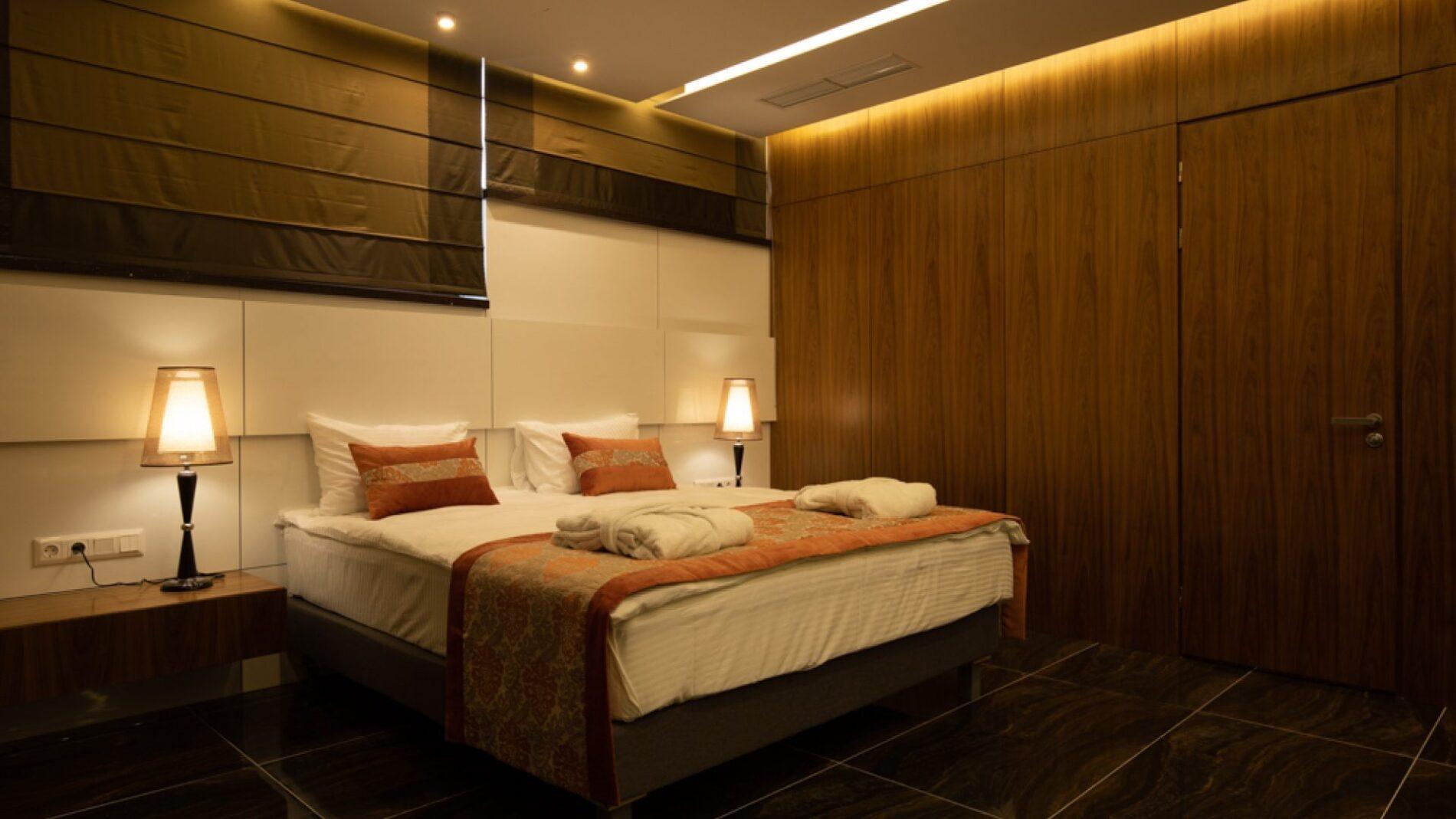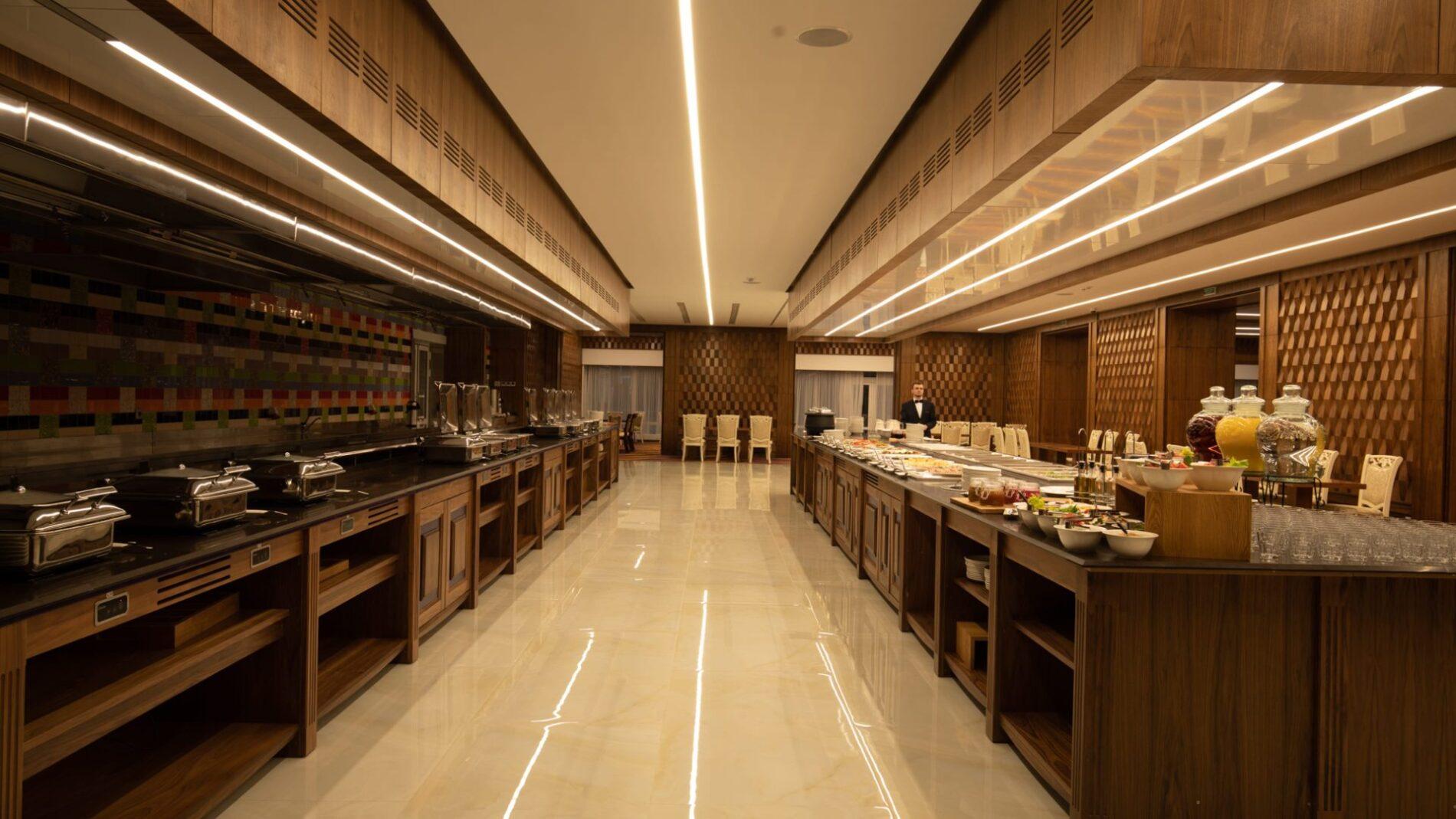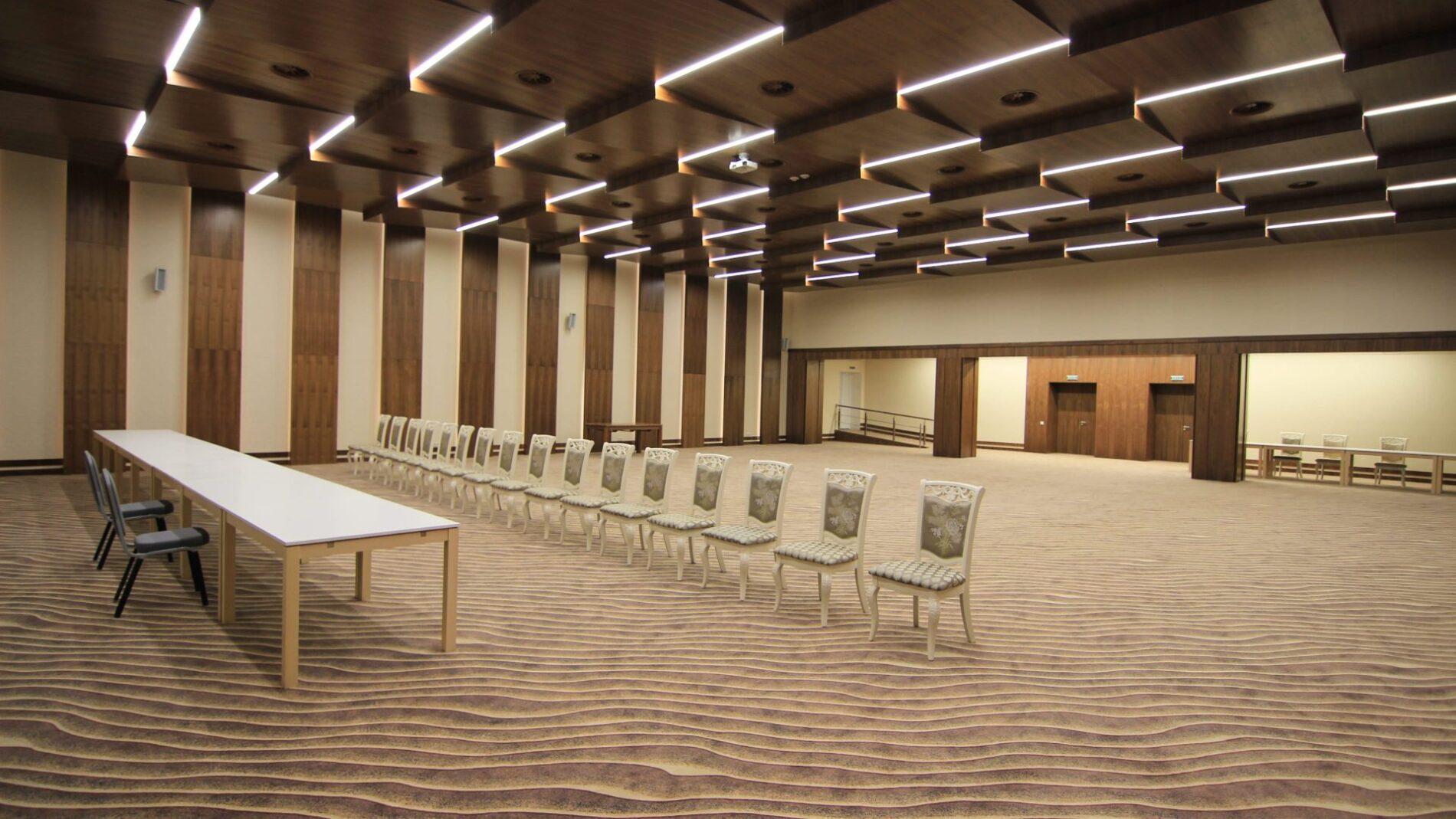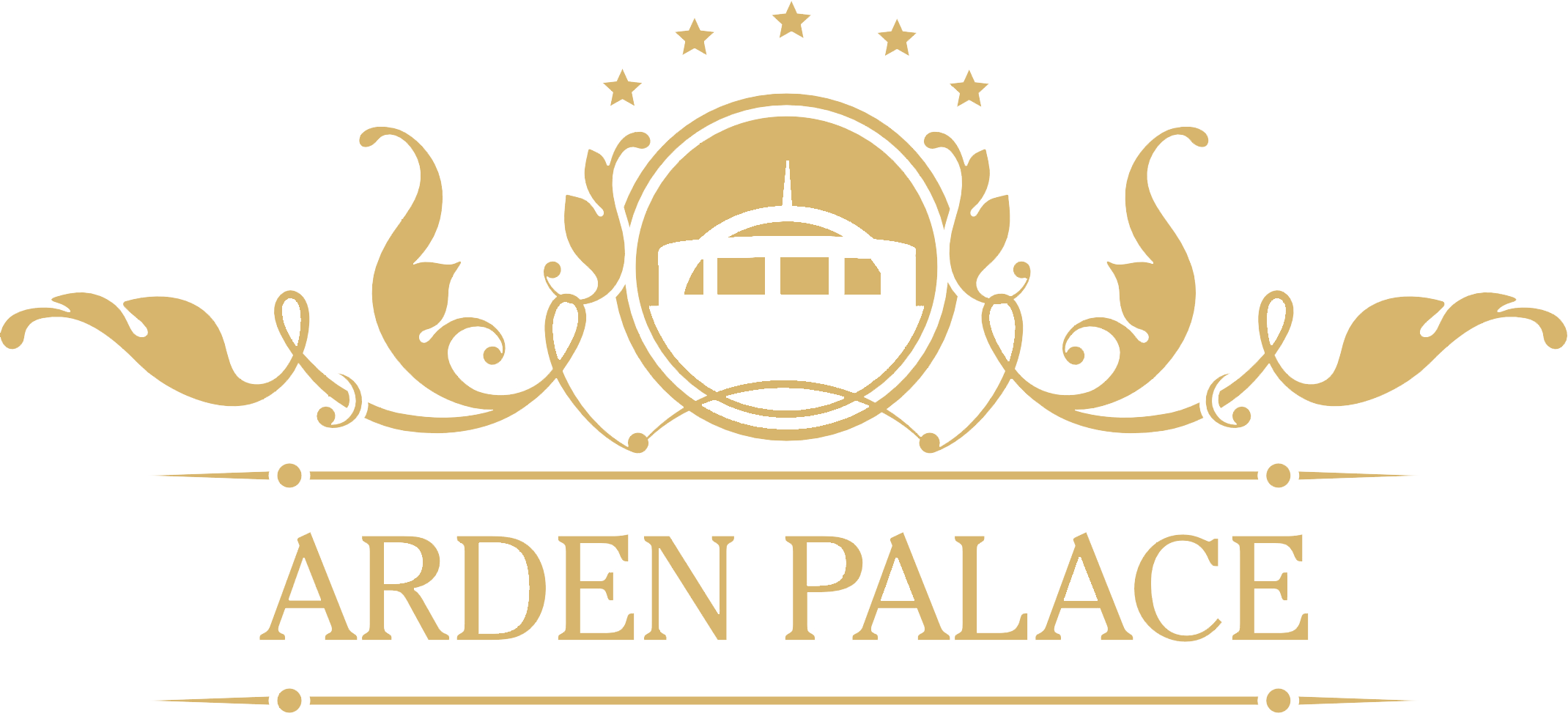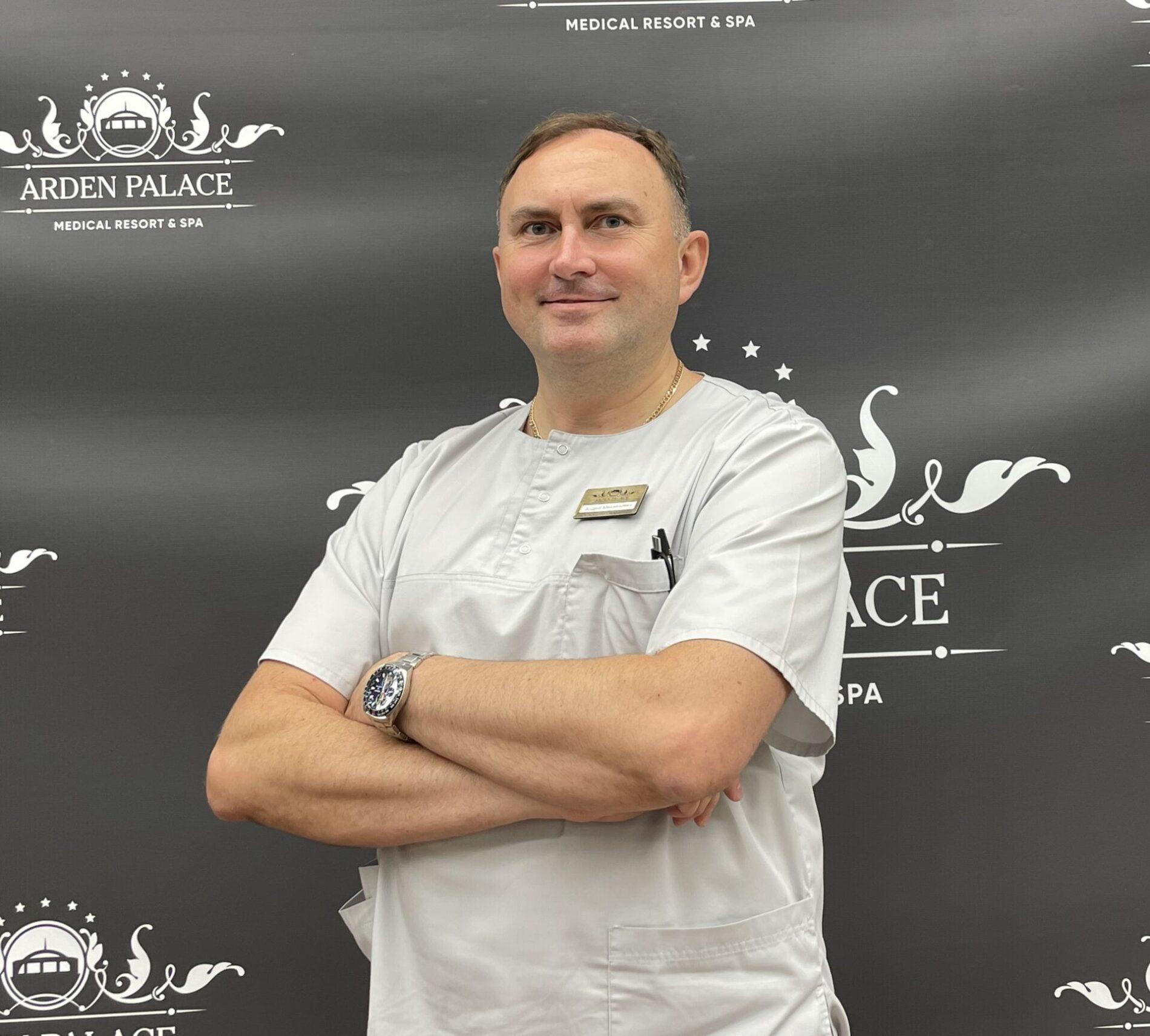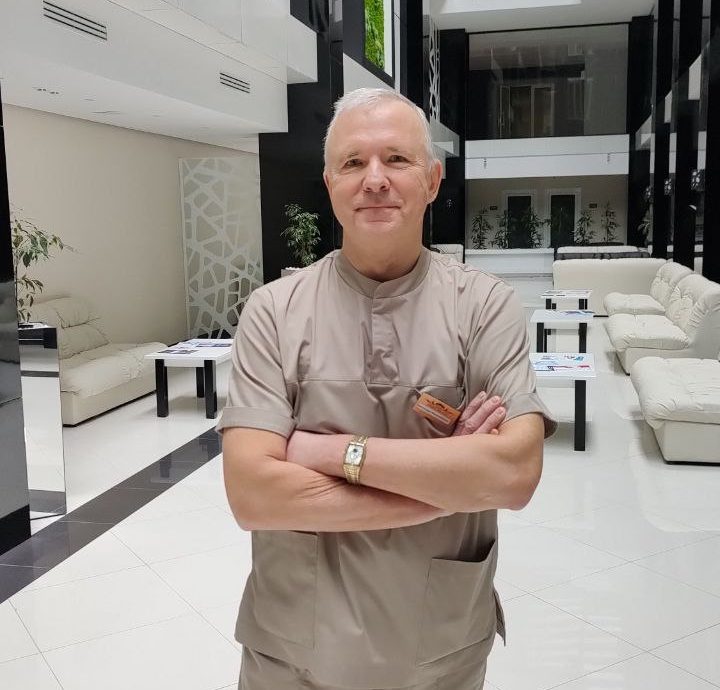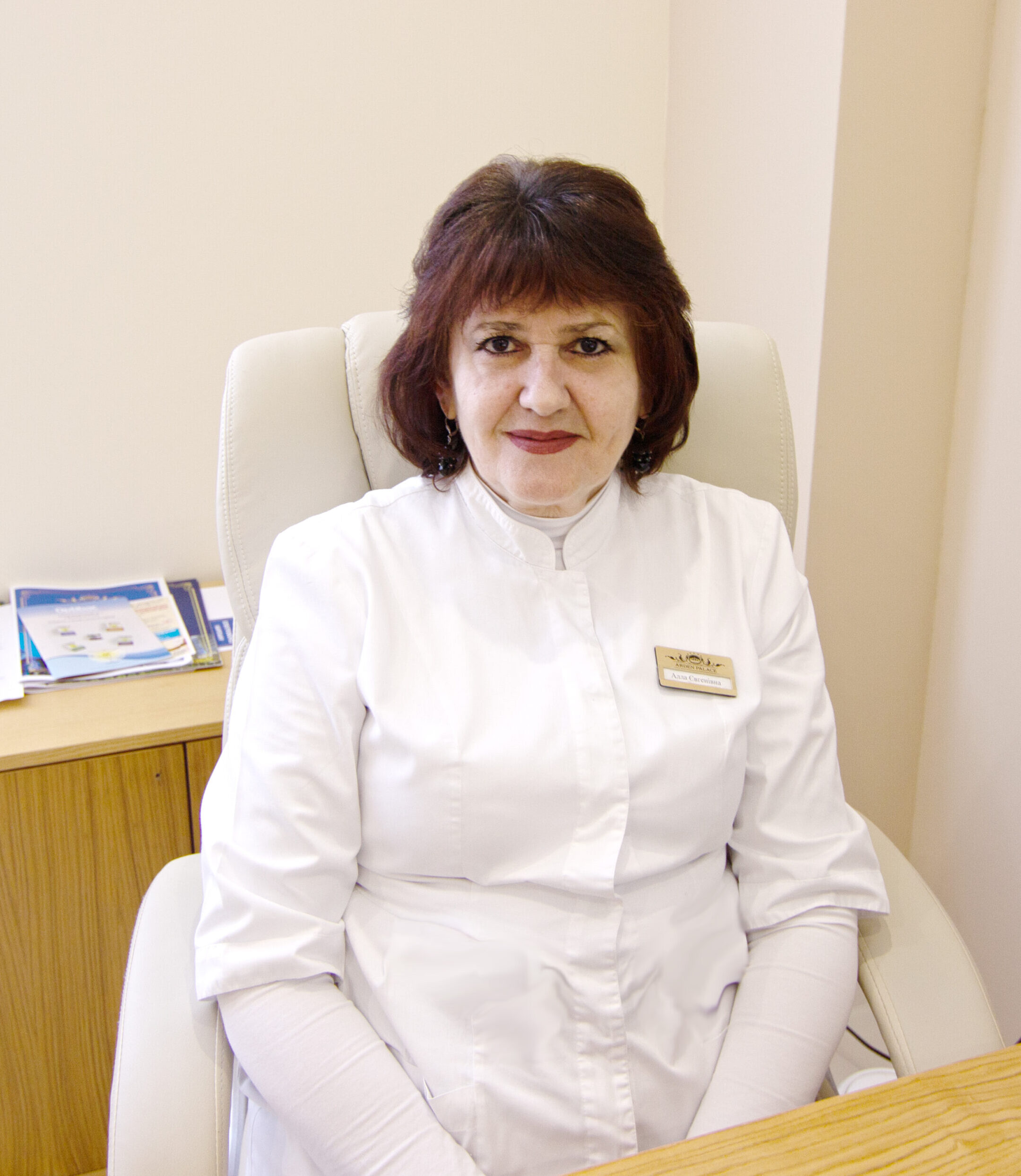City gate

Monument of urban planning and architecture of Ukraine of national importance. It is located in the village of Sataniv of the Sataniv settlement territorial community. The monument is one of the leading town-planning dominants in the development of the southern part of Satanov. This is a highly artistic work of architecture with characteristic Renaissance and Baroque decor.
The history of the gate
The city gate was located in the southern part of Satanov, not far from the confluence of the Zbruch River and the small Shandrova River, within the gentle left bank strip. The gate was built in the 15th century on the site of the ancient southern entrance to Sataniv. In the 16th century, the gate was rebuilt. It merged into the general system of defensive walls of the city, connecting with the Sataniv Castle. In the second half of the 17th century, the gate was damaged. In 1724, it was restored, at the same time, a toothed decorative parapet on white stone consoles was added.
When the gate lost its defensive significance, it housed at different times the customs office (Sataniv is located on the banks of the Zbruch, along which until 1939 the border ran – first between the Russian Empire and Austria-Hungary, then between the USSR and Poland), the pantry of the rural consumer society ( a pile of petrified salt in a corner on the first floor reminds of this, in particular), and later - a stable.
Architectural features of the gate
The gate is stone, square in plan. The thickness of the outer walls is 2.2 m. The passage, 6.8 m wide, is covered with a stone box vault. The rest of the floor coverings are flat on the beams. The connection between the first and second tiers is provided by stairs in the wall. In the eastern room of the first floor, a stone staircase leads to the basement, which was later filled in (now it is partially cleared). The first and second tiers have loopholes with cheeks expanding in both directions and a rectangular light hole. The second tier is illuminated by large window openings with white stone platbands of late Renaissance character. The passage portal on the open side, together with the decoration above it up to the level of the third tier, form a complex composition in the Baroque style. Above the cornice of the portal is a shield with a coat of arms. The cartouche and frieze of the entablature have Latin text and the date "1724". The inscription attests: "Adam Mykolay Senyavsky from Granov, the owner of Shklov and Misha, a castellan of Kraków, the highest commander of the state army, restored this stronghold for public safety in 1722, intending to protect the homeland with walls, which he defended so many times with his chest. Therefore, the prophetic thought of the founder took care to build this gate, so that the Ottoman Porta would block the road to Poland, so that it could use equal force against the attacks of the barbarians, Satan opposed the fierce Tatar, against which even the gates of hell could not overcome, especially when this stronghold was closed to enemies. He will give his keys to only God, the Queen and the Motherland. In the year of God 1724".
Local entrepreneurs are actively restoring the city gate in order to preserve the monument for future generations.

